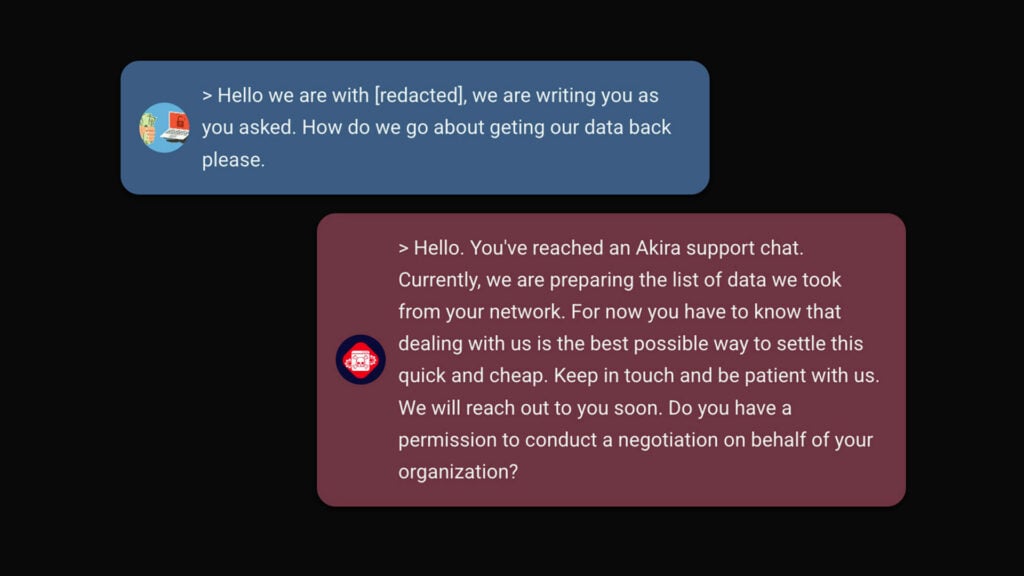Video
Cyberwarfare and its Impact on Your Business
Capabilities developed for Cyberwarfare will be used against businesses, not just in wars. How can organizations use threat intelligence acquired during cyberwarfare to improve their cyber defenses? Destructive malware’s capabilities against your organization As we see, wars are fought both on soils and in the cyber world. The military warfare is much more brutal and […]

David Kasabji
Principal Threat Intelligence Analyst

Jan Bervar
Group Security Architect
Language
English
Capabilities developed for Cyberwarfare will be used against businesses, not just in wars. How can organizations use threat intelligence acquired during cyberwarfare to improve their cyber defenses?
Destructive malware’s capabilities against your organization
As we see, wars are fought both on soils and in the cyber world. The military warfare is much more brutal and crueler, as it is aided by cyberwarfare with espionage and destructive capabilities of malware that hinder critical infrastructure of its targets.
But what happens once the war is over? Do the countries just throw their guns and rifles to the trash cans? Of course not. And neither do they discard the malware developed during cyberwarfare. They get a new purpose. For malware, this usually means their target switches to businesses.
Join the live webinar “Cyberwarfare and its Impact on Your Business” to find out more about cyberwarfare tactics and tools used in the Russia-Ukraine conflict. We will explain how these tools can and will be used against businesses. You will also learn how organizations can use threat intelligence acquired during cyberwarfare to improve their cyber defenses.
Agenda
- Malware types and their intent in cyberwarfare
- Repurposing malware: Who’s next?
- Implementations of countermeasures based on Threat Intelligence
About the speaker

David Kasabji
Principal Threat Intelligence Analyst
David Kasabji is a Principal Threat Intelligence Analyst at the Conscia Group. His main responsibility is to deliver actionable intelligence in different formats according to target audiences, ranging from Conscia’s own cyberdefense, all the way to the public media platforms. His work includes collecting, analyzing, and disseminating intelligence, reverse engineering obtained malware samples, crafting TTPs […]

Jan Bervar
Group Security Architect
Jan Bervar has spent 25 years in cybersecurity and is currently busy with securing the leading edge: advanced detection and response, cloud security, security automation, and security in the era of the Internet of Things (IoT). Using a “yes” security approach whenever possible, Jan provides organizations with an optimal, controlled-risk approach that enables them to […]
Related









